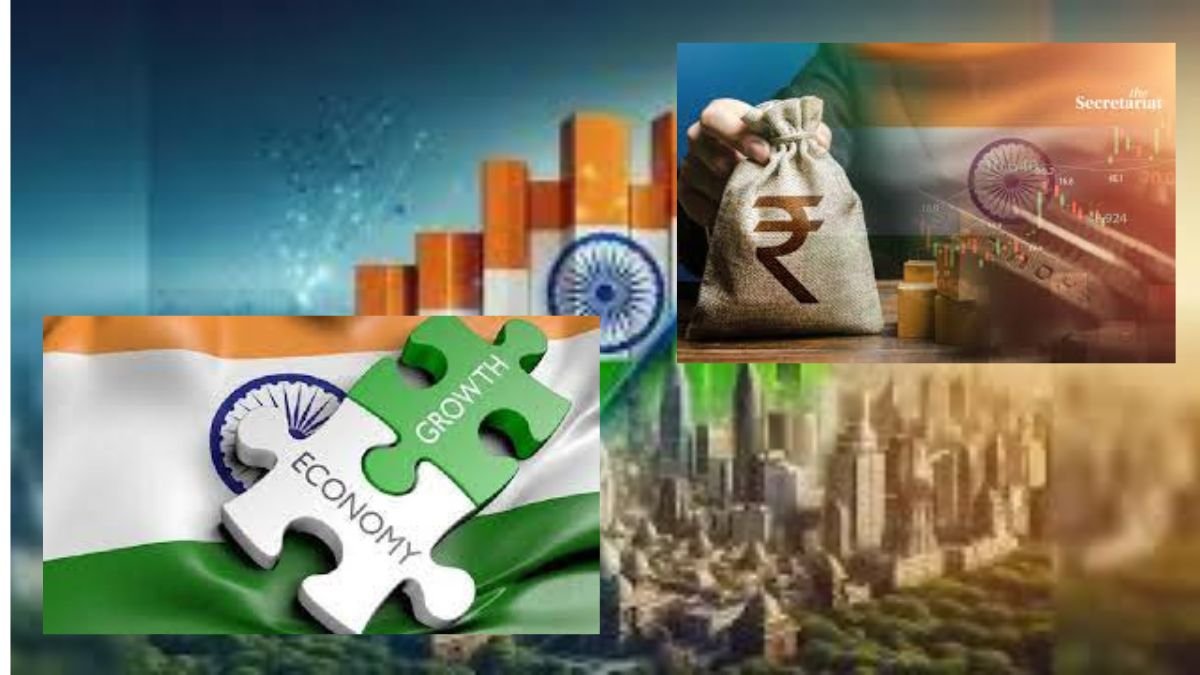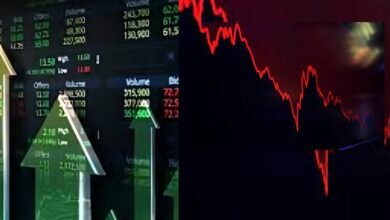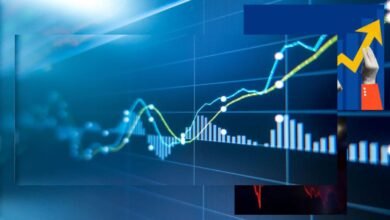India’s “Goldilocks” Economy: Reality, Challenges, and the Road to Inclusive Growth
Behind the headlines of high GDP growth and low inflation, India faces deep structural imbalances that threaten long-term prosperity.

India’s economy is being hailed as a “Goldilocks” success, but volatile food inflation, stagnant real wages, income inequality, and high public debt reveal a far more complex reality.
India’s “Goldilocks” Economy: A Closer Look at the Myth and the Reality
For months, India’s Finance Ministry and many market analysts have described the nation’s economy as being in a “Goldilocks” phase — a rare alignment of high growth, low inflation, and stable monetary conditions. With GDP growth at 7.6%, interest rates peaking, and corporate earnings holding steady, the narrative suggests an economy in perfect balance.
But dig beneath the surface, and the story becomes far less harmonious. Volatile food inflation, stagnant real wages, widening income inequality, and fiscal constraints reveal a picture that is more fragile than it first appears.
The Inflation Puzzle — CPI vs. Food Price Reality
Headline inflation has indeed cooled, with the Consumer Price Index (CPI) dropping from 4.8% in May 2024 to 2.82% by May 2025. On paper, this keeps inflation well within the Reserve Bank of India’s comfort zone.
However, food inflation — measured by the Consumer Food Price Index (CFPI) — tells a different story. In October 2024, when overall CPI was 6.21%, CFPI surged to 10.87%. Even in months with low general inflation, food prices remained stubbornly high.
Since food accounts for nearly half of the consumption basket for the average Indian household, particularly among lower-income groups, this volatility directly erodes purchasing power. For millions, 10% food inflation means cutting down on nutrition, taking on debt, or sacrificing other essentials.
Real Wages and the “Silent Squeeze”
Salary hikes in India often look good on paper but tell a different story once adjusted for inflation. For example:
- 2023: Nominal wage growth = 9.2%, Real wage growth = 2.5%
- 2020: Nominal wage growth = 4.4%, Real wage growth = -0.4%
Even in 2025, with projected nominal hikes of 8.8%, real growth will be just 4%. This “silent squeeze” forces households to cut discretionary spending, dip into savings, or borrow more — especially in sectors like IT services, manufacturing, and engineering, where wage hikes are often modest.
Inequality in the K-Shaped Recovery
While India’s Gini coefficient (a measure of income inequality) has shown a slight decline in taxable income distribution, this metric largely reflects the formal sector and excludes the vast informal economy.
In the post-pandemic “K-shaped” recovery, wealth has surged for top earners — including a record number of billionaires — while real incomes for many workers at the bottom have stagnated. This imbalance threatens social cohesion, limits access to healthcare and education, and undermines broad-based consumption growth.
Fiscal Pressures and Debt Sustainability
The government has committed to fiscal consolidation, with the deficit projected to drop from 6.4% in FY23 to 4.4% in FY26. But India’s public debt-to-GDP ratio remains around 81%, well above the Fiscal Responsibility and Budget Management (FRBM) target of 60%.
High debt servicing costs reduce the government’s capacity to spend on critical social infrastructure and may force higher taxes in the future. Persistent deficits also risk crowding out private investment by pushing up interest rates.
Beyond the Goldilocks Illusion
The label of a “Goldilocks” economy oversimplifies India’s current macroeconomic position. The reality is uneven:
- Food price volatility undermines household budgets.
- Real wage growth lags behind nominal figures.
- Inequality is widening in a K-shaped recovery.
- High debt limits future fiscal flexibility.
A genuinely resilient economy will require sustained real income growth, inclusive wealth distribution, and fiscal discipline — not just impressive GDP numbers.
Keywords for SEO Optimization
Indian economy 2025, Goldilocks economy India, India GDP growth, India food inflation, real wage growth India, India income inequality, India fiscal deficit, India public debt, K-shaped recovery India, RBI inflation target.
Final Thoughts
India’s macroeconomic success story is compelling — but incomplete. True economic health is measured not only by GDP growth or headline inflation, but by how well the benefits are shared across society. For India, the real test will be whether it can turn this moment into sustainable, inclusive growth that improves the daily lives of all its citizens.





